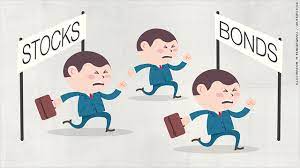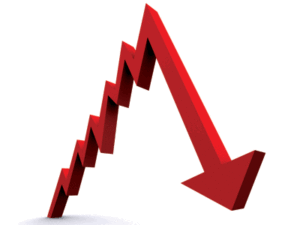Rental Real Estate 101: What Does “Buying Right” Mean?
I wrote a course on rental real estate investing 10 years ago when I was writing a blog called “Creating Wealth.” Recently, I decided to turn it into a book that recounts my personal experiences and what I’ve learned. But to make the book stronger, I asked my brother Justin to co-author it with me, since his experience is longer and stronger than mine. The following is an excerpt from an early chapter that explains a very useful trick we use to determine how much any rental property is worth. [italics]
One of the most important lessons I ever learned about investing in real estate was taught to me by my brother Justin. It is a very simple formula for estimating the value of almost any sort of rental property in a matter of seconds. It is brilliant. It is extremely useful. And it is incredibly reliable. (As most brilliant formulas are.)
I wish I had known about this formula when I made my first real estate investment. It would have saved me tens of thousands of dollars and four years of real estate hell. It gave me the confidence to invest strongly for several years, buying up dozens of single-family houses and two small apartment complexes that have given me millions of dollars in appreciated value and millions of dollars in cash flow since then.
Perhaps more importantly, it pushed me out of the market by 2006, when property values were unreasonably high, and thus kept me safe when the real estate bubble burst in the fall of 2008.
This is the formula:
If you can buy a piece of property and have it fixed up and ready to rent for less than 100 times the monthly rental income, consider buying it. If you can’t, walk away.
Example: You are looking to make your first investment. On the advice of a friend (me, perhaps), you are looking at three-bedroom, two-bath, single-family homes in working class neighborhoods in or near where you live. You find two houses that you can comfortably afford. One has a rental income of $1,500 and is priced at $145,000. Another has a rental income of $1,600 and is priced at $170,000. Which should you buy?
Using our simple formula, you multiply each rent by 100 to get your “limit.” The limit for the one renting at $1,500 is $150,000. The limit for the one renting at $1,600 is $160,000. The former meets the standard, as you can buy it for less than $150,000. The latter does not, since it’s priced above $160,000.
It’s as simple as that.
Justin calls this calculation the gross rent multiplier (GRM).
The GRM is simple. It is also a rule of thumb. In my experience, it has been reliable every time I’ve used it, without exception. But my brother warns me that there are times when you have to do more arithmetic than just the GRM. This is especially true for larger properties – apartments and complexes of 50-plus units. Hotels and motels. And the like.
But for anyone who is a novice investor, like I was when I began buying rental properties, it is a very good and trustworthy protocol to follow. It will save you loads of time and a fair bit of money considering questionable properties. It will also make you immune to seductive sales pitches because you won’t be listening to the claims and promises of owners, agents, and/or brokers. You will do the calculation mentally in a few seconds. And then you will know whether it’s worth your time to investigate the investment further.








